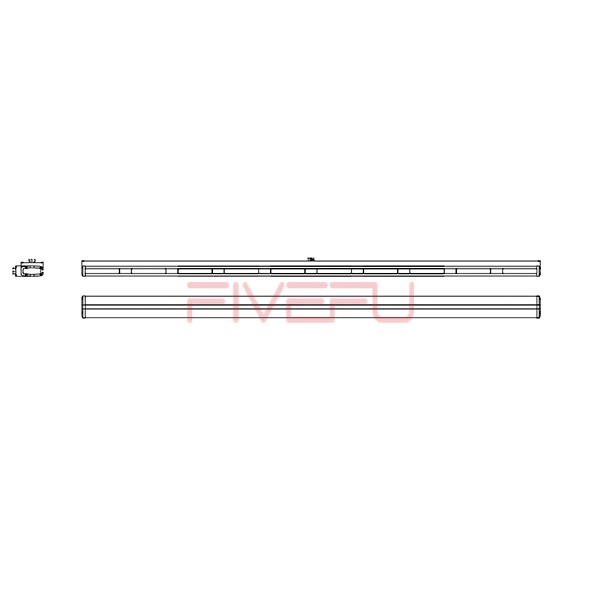How to Choose a Warning Light
1. Understand the Purpose and Application
- Emergency Vehicles: Police cars, ambulances, and fire trucks require high-intensity, visible warning lights.
- Construction Sites: Durable, weather-resistant lights are essential for construction and industrial sites.
- Utility Vehicles: Maintenance and utility vehicles need versatile lights that can handle various environments.

2. Compliance with Standards
Ensure the warning light complies with international standards such as SAE, ECE R65, and R10. This guarantees the light meets safety, visibility, and electromagnetic compatibility requirements.
3. Light Intensity and Visibility
- Brightness: Look for lights with high lumens to ensure visibility in all conditions.
- Beam Pattern: Choose between spot, flood, or a combination depending on your visibility needs.
- Color: Different colors serve different purposes. For example, red and blue for emergency vehicles, amber for construction, and white for utility purposes.
4. Durability and Reliability
- Material: Opt for lights made from high-quality, impact-resistant materials.
- Weather Resistance: Ensure the lights are waterproof and can withstand extreme temperatures and conditions.
- Lifespan: LED lights are preferred for their long lifespan and low power consumption.
5. Mounting and Installation
- Versatility: Select lights that offer multiple mounting options (e.g., magnetic, permanent, or suction cups).
- Ease of Installation: Lights that are easy to install and integrate with your vehicle’s electrical system save time and effort.
6. Power Source and Compatibility
- Voltage Compatibility: Check if the light is compatible with your vehicle’s voltage system (12V, 24V, etc.).
- Power Consumption: Energy-efficient lights reduce the load on your vehicle’s battery.
7. Control and Functionality
- Flash Patterns: Choose lights with multiple flash patterns to suit different situations.
- Control Options: Look for lights with user-friendly controls, such as remote controls or integrated switches.
8. Cost and Warranty
- Budget: Balance between cost and quality. Investing in high-quality lights ensures long-term reliability.
- Warranty: A good warranty period reflects the manufacturer’s confidence in their product.
Conclusion
Selecting the right warning light involves considering the application, compliance with standards, durability, installation ease, and cost. By focusing on these key factors, you can ensure safety, visibility, and reliability in your operations.








